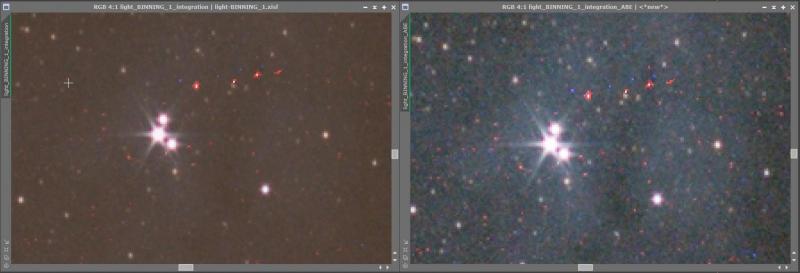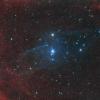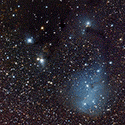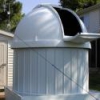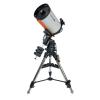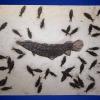This is not the first time I have had this problem, but the last time it happened I decided to put off processing the data for another day. Now that it has happened again it is time to crack down. None of my individual subs contain the red spots that you see below. Also on this image there are a few blue spots as well. I am not sure why these are appearing. If I crank the Linear high fit fader waay down to 1.00, 90% of the red dots go away, but the faint dust becomes damaged pretty badly as well. I really need to figure out why this is happening. I have tried windsorized sigma as a rejection algorithm as well and no luck. I cannot process the image any further until I can eliminate these spots. Has anyone else come across this scenario? I saw one thread on the Pi forum recommending that the user decrease the clamping threshold in image registration but unfortunately this did nothing for me.
This is the same image only with ABE applied on the right
Edited by calypsob, 25 June 2017 - 08:21 PM.




